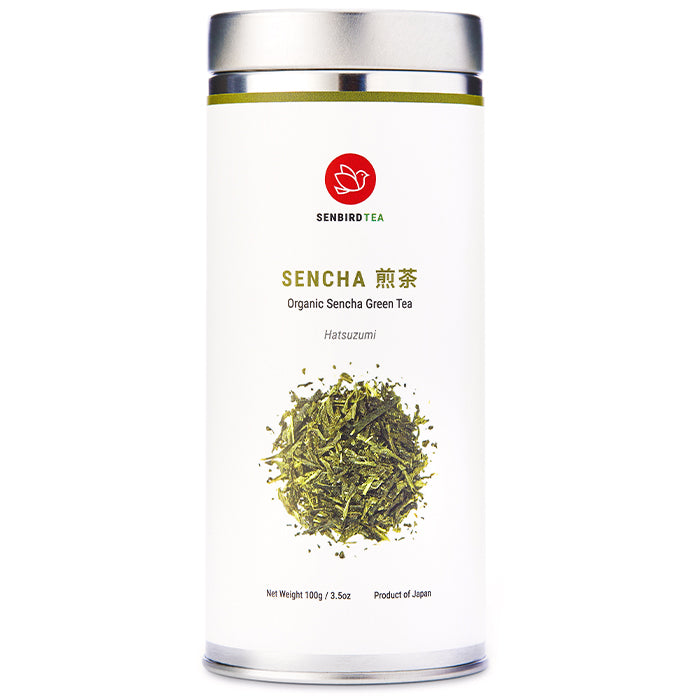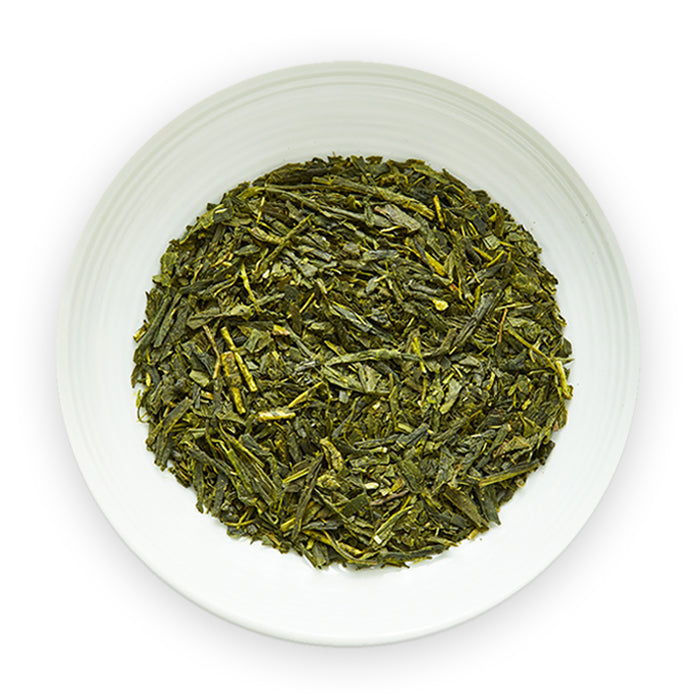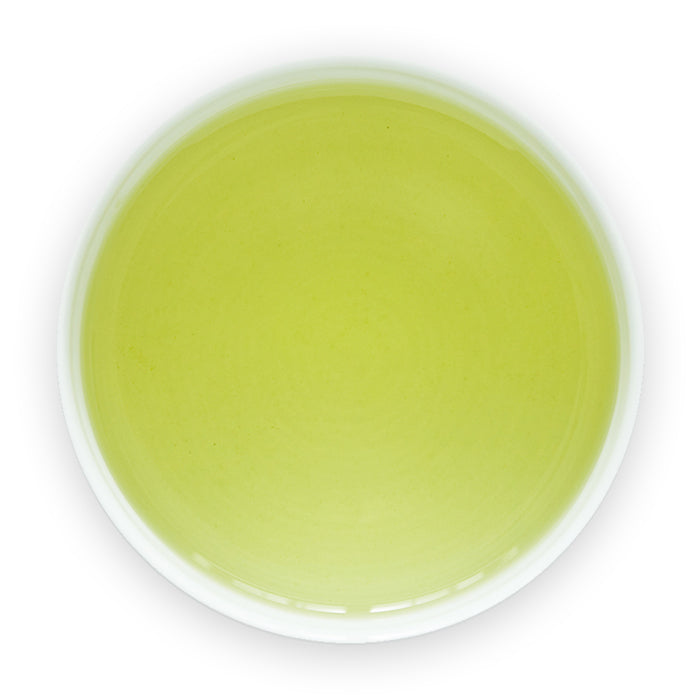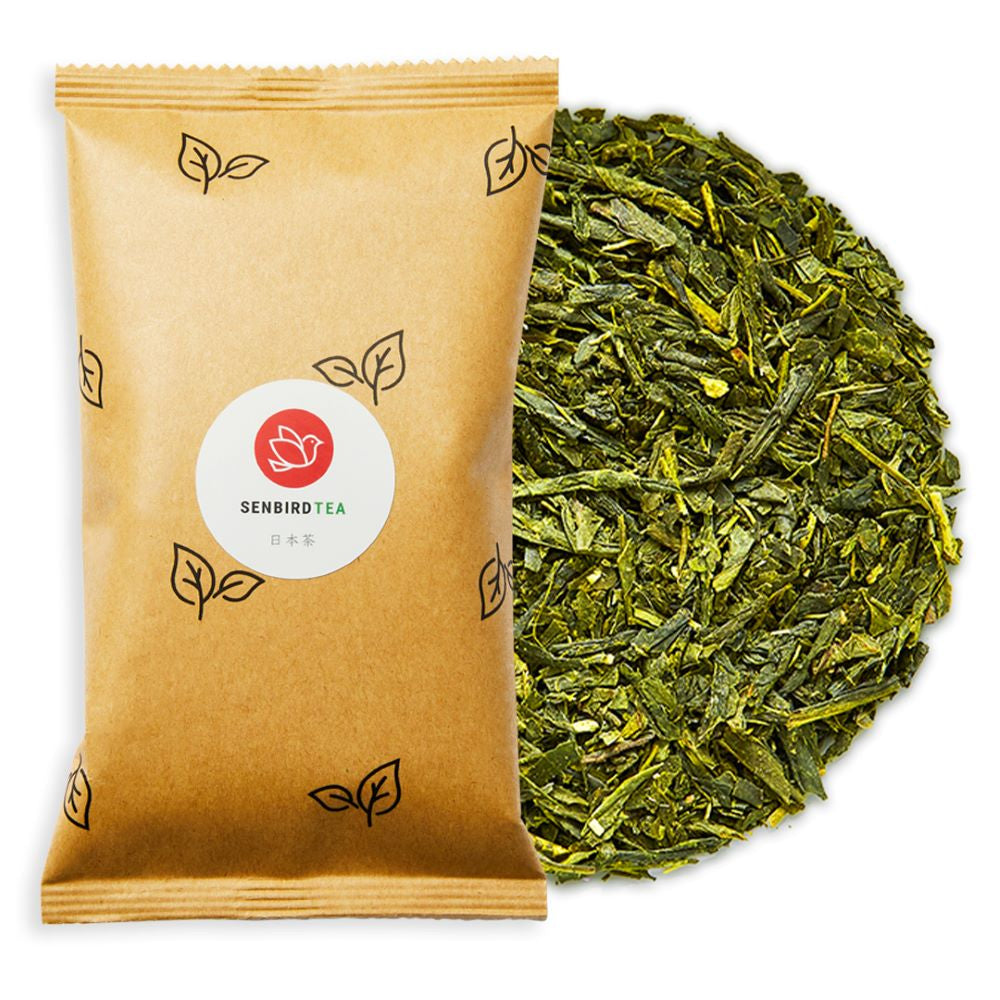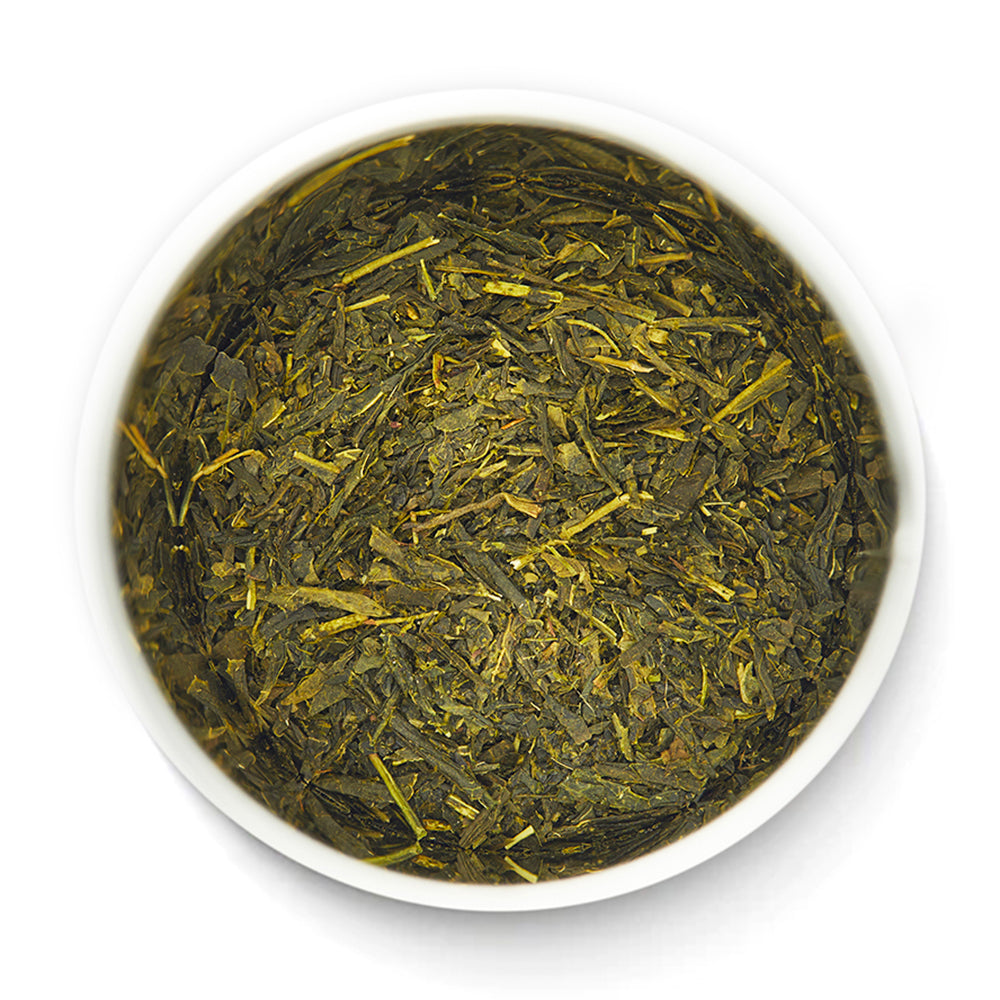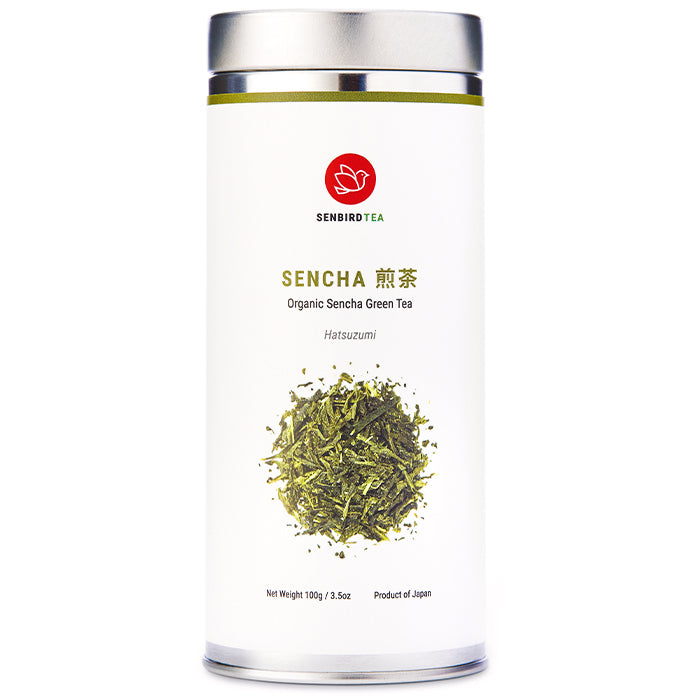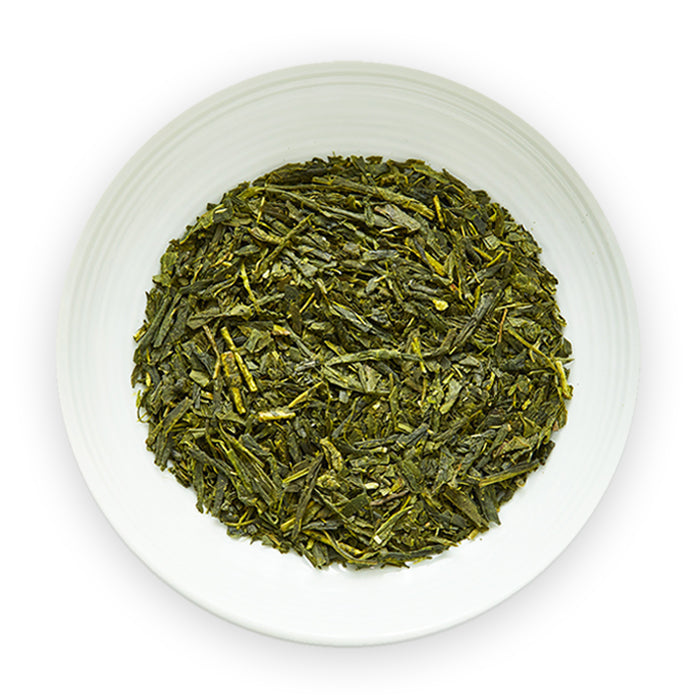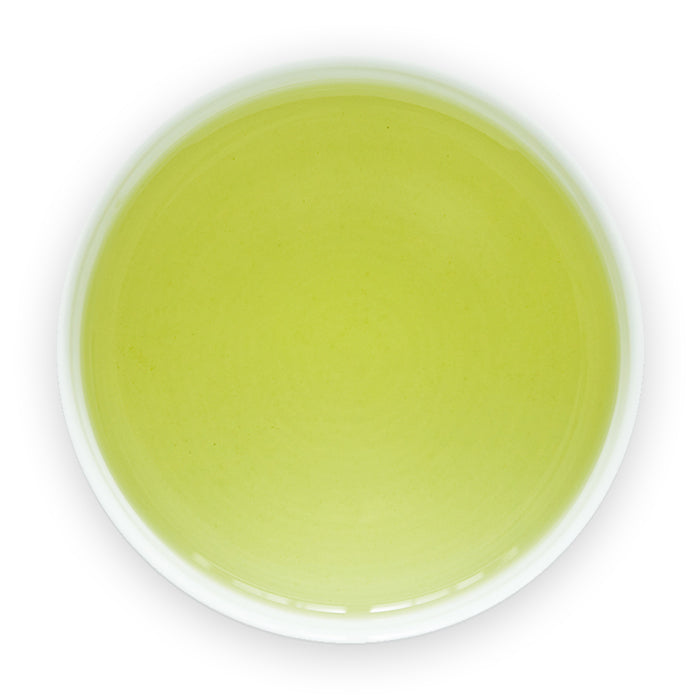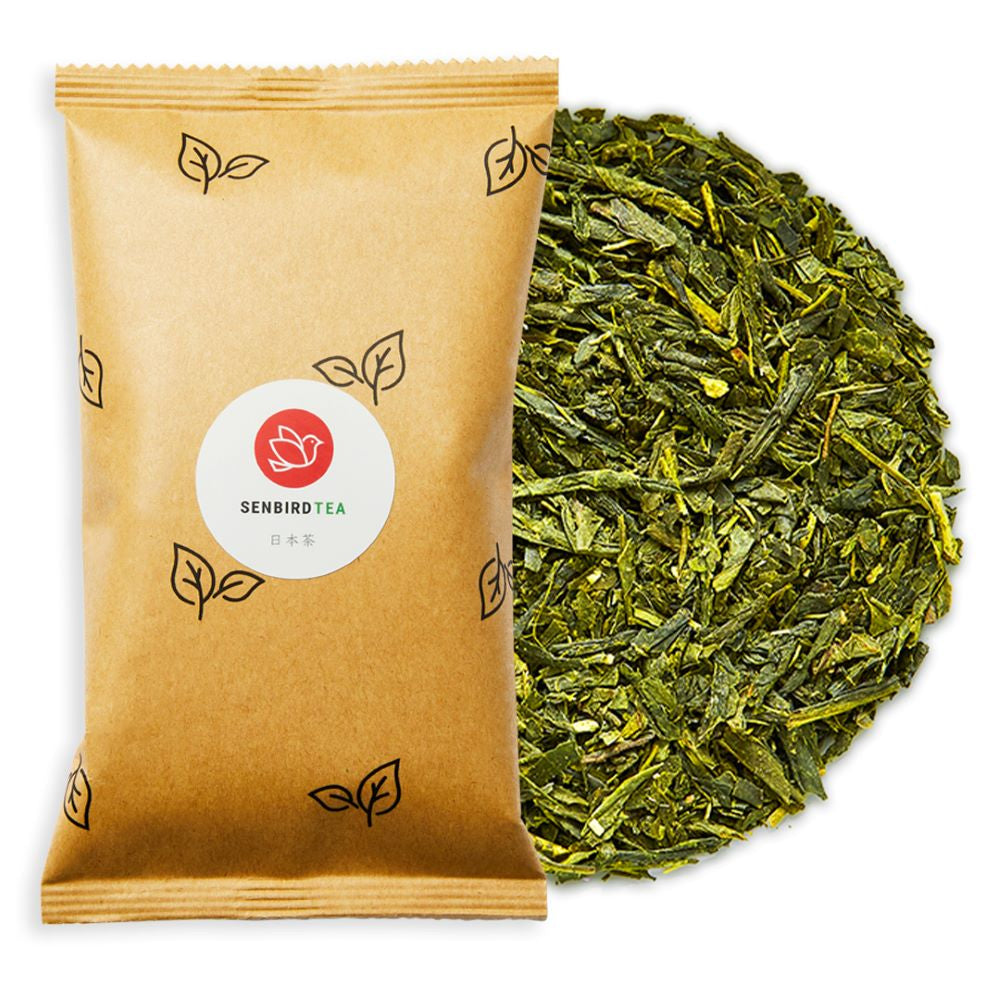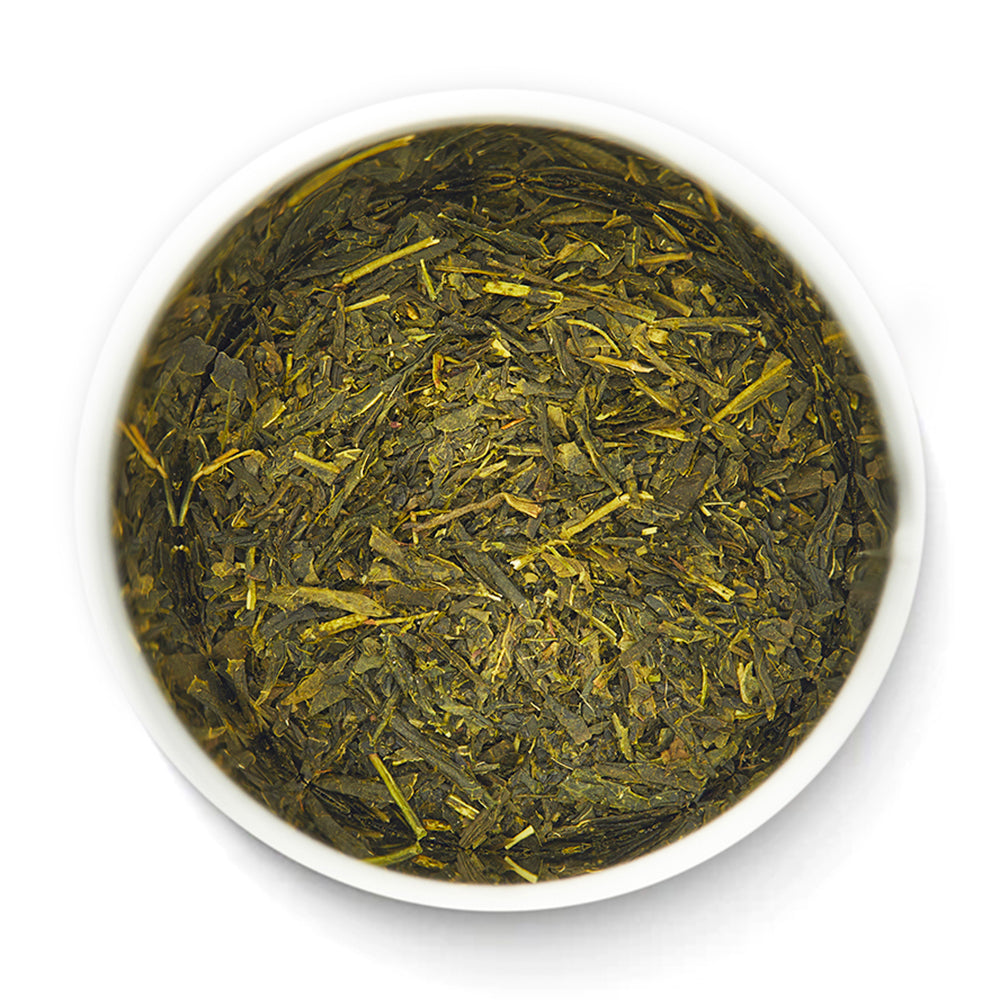
Where Tea Originated: A Brief History Of Tea In China, Japan and the West
The earliest appearance of tea in history comes from the Chinese anecdote of Shen Nong (Shennong, the founder of agriculture and Chinese medicine), who ate wildflowers and tea leaves. This legend suggests that people discovered tea around 2700 B.C., during the Shen Nong period.
Han Dynasty's Shen Nong Honzo Kyo (1st century B.C.) describes tea as "bitter, aiding alertness, lightness, and clear vision". At this time, tea was already getting popular.
Wang Pao's contract shows master-slave agreement to buy tea in Wuyang, indicating tea consumption and trade. This is the first written record of tea utensils at this stage. The upper class mainly consumed tea as a luxury item from this time onwards.

The History of Tea in China
"Koga" from the Three Kingdoms period (3rd century) describes making tea by pounding leaves into rice cake shapes. Then, pour hot water over it, mixing it with mandarin orange peels, green onions, and ginger, and then mix it with other ingredients to make a kind of soup. At this time, the imperial court treated tea the same as liquor. Later, people gradually began to use it as a social drink, such as for entertaining guests.
Rikuu wrote the Tea Sutra, known as the world's oldest book on tea, during the Tang Dynasty. The Chakyo or Tea Sutra, consists of three volumes and ten chapters, covering the origin and history of tea, its manufacturing tools, tea utensils, how to brew tea and drink tea, where it comes from, and etiquette. In the Three Kingdoms period, "Koga" describes making tea by pounding leaves into rice cake shapes.
Tang Dynasty
During the Tang Dynasty (618-907), the custom of drinking tea spread throughout the country. People mostly made tea from steamed tea leaves that had been pounded and dried to make a sticky tea. Although people already grew tea leaves across the country, solid tea became more convenient to transport.
Song Dynasty
During the Song dynasty, tea was favored by wealthy citizens, including aristocrats, officials, and literati, for social and intellectual activities.
Tea quality was assessed against the quality of utensils, with judgments made on the tea's goodness. The way of drinking tea was to mix the powdered tea leaves with hot water in a bowl, just like Tencha and Matcha powdered green tea in Japan. At this time, people used bamboo "chasen", similar to the Japanese tea ceremony. As the process of making mochi-cha became more complicated, they changed name to "hencha" or "dancha".
Ming Dynasty
In the Ming Dynasty, tea underwent a period of great change. The custom of tea drinking, which aristocracy and wealthy citizens had limited, eventually spread to the general public.
People deemed tea leaves too flavorful and labor-intensive, prompting Emperor Zhu Yuanzhang to ban dan-tea. After this, people produced "suncha" in earnest, and a radical change occurred in the mainstream of tea leaves. Additionally, the kettle frying method replaced the steaming method. During this period, "flower tea" emerged, incorporating jasmine and other flavors to consume leftover tea leaves.
During this time, West Lake Longjing Tea and Huangshan Mao Feng green teas gained prominence. By the end of the Ming dynasty, the upper classes highly prized Wuyi tea from Fujian province. In fact, merchants were willing to pay large sums of money for this rare and high-quality tea.
Qing Dynasty
By the Qing dynasty, tea culture was at its peak and Chinese tea leaves and tea utensils were nearly perfect. In Fujian, people developed blue tea (oolong tea) and enjoyed it with "flower tea". In the process of seeking the unique flavor of green tea, they developed a method of producing "creative tea".
The method of "devised tea" means to brew slowly and carefully with a lot of time and effort. To bring out the charm of tea, Tea utensils are used. First, enjoy the "aroma" in the cup, and then enjoy the "taste" in the teacup.
This period marked the importance of fragrance in Chinese tea and the popularity of "flower tea". After the collapse of the Qing dynasty, China was invaded by the other powers, but the production of teapots and the cultivation of tea leaves developed further.
After the founding of the People's Republic of China in 1951, the cultivation of Chinese tea continued to grow steadily, but Mao's Cultural Revolution (1966-1976) suppressed tea as a symbol of luxury and restricted its cultivation. Taiwan and Hong Kong excelled in tea cultivation and tea art, elevating Taiwanese tea to global recognition.

The History of Tea in Japan
Nara - Heian period (710-1192)
Emissaries and foreign students likely introduced tea to Tang China during Japan's efforts to adopt Chinese culture.
In the early Heian period's Nihon Kouki (815), it depicts Daisozu Eitada serving tea to Emperor Saga, marking Japan's tea ceremony origin.
Only a limited number of people like the monks and nobility could consume tea as it was extremely valuable. The method of making tea at this time seems to have been the tea-making process described in the Tea Sutra.
Kamakura - Nanbokucho period (1192-1392)
Eisei (1141-1215), founder of Japanese Rinzai Zen Buddhism, encountered yum cha practice during two visits to the Song Dynasty. After returning, Eisai authored "Tea Drinking Wholesome Talk," Japan's first tea book, extolling tea's benefits.
The "Record of Health and Welfare for Tea" details tea-making during the Song dynasty, including steaming powdered tea. This record is said to be the prototype of Tencha (powdered tea). People crushed the tea, poured it into hot water, and whisked it with a tea whisk.
Myoe Shonin (1173-1232), a monk of the Kegon sect of Buddhism, promoted tea planting at Takayama Temple in Kyoto, believed to be the oldest tea garden. To distinguish it from other teas, it is said that the tea in Tsugao was called "Honcha". During the late Kamakura to Nanbokucho periods, tea gardens expanded from Kyoto to regions like Ise, Iga, Suruga, and Musashi.
Tea drinking spread to Zen temples and the samurai class during the Kamakura period for social interaction. During the Nanbokucho period, tea drinking competitions compared tea and its production areas.
Muromachi - Azuchi-Momoyama period (1336-1603)
Ashikaga Yoshimitsu (1358-1408) actively supported Uji tea, passing this tradition to Toyotomi Hideyoshi (1537-1598), resulting in the formation of the Uji tea brand.
During the Azuchi-Momoyama period (1537-1598), Uji began cultivating Tencha (powdered tea), processing it into high-quality Tencha, which is known today as Matcha.
In the latter half of the 15th century, Murata Tamamitsu (1423-1502) created wabi-cha, a tea ceremony style. Takeno Joao (1502-1555) and Sen no Rikyu (1522-1591) further developed this practice, perfecting the tea ceremony.
Edo Period (1603-1868)
The Edo shogunate formally incorporated Chanoyu into its rituals, making it an essential part of samurai society. Additionally, records from the Edo period indicate that common people widely consumed tea as a beverage. The tea consumed by the common people was not matcha but infused tea leaves processed by a simple method (boiled out).
In 1738, Nagatani Soen of Uji Tawara Township developed a method of producing high-quality sencha by carefully modifying the method of tea production. He is known as the founder of Sencha. He amazed the citizens of Edo with its unprecedented greenish-blue color, sweet taste, and aromatic aroma. The method created by Soen is called the "Uji method".
Eventually, it spread to tea gardens all over Japan after the late 18th century and became the mainstream of Japanese tea. To develop higher-grade Sencha, attempts were made to apply the cultivation method used for Tencha (powdered tea) to Sencha. As a result, in 1835 Yamamoto Kahee invented the shade-grown method to produce Gyokuro tea.
In the early modern era, the distribution system became more developed, and tea was traded at tea towns. This allowed tea stock companions (wholesalers in the consumption area of Edo) and tea companions (wholesalers and shippers in local cities) to trade tea on a license basis.
In 1858, the Edo shogunate signed the Treaty of Amity and Commerce with the United States. The opening of the ports of Nagasaki, Yokohama, and Hakodate In 1859, exported 181 tons of tea along with raw silk.
Meiji Era - Early Showa Era (1868)
Even after the Meiji Restoration, tea exports increased, mainly to the United States, with government support, and accounted for 15-20% of total exports until 1887 (Meiji 20).
At the beginning of the Meiji era, the samurai production project resulted in the establishment of group tea plantations on the Makinohara plateau and other flatlands. However, the samurai who cultivated the tea plantations gradually dispersed and were replaced by farmers who took over the tea plantations. This was due to the decline in the export price of tea and the huge cost of tea plantations.
The formation of group tea plantations not only influenced the formation of tea plantations, but also the distribution, the training of tea merchants, brokers, and wholesalers, and the invention of various machines. The invention of the tea rubbing machine by Kenzo Takabayashi (1832-1901) was the first step in the rapid development of mechanization in the Meiji period, which contributed to labor-saving and quality stabilization.
Japanese tea had been developed as a flowery export item until the middle of the Meiji era, but with the rise of India and Ceylon black tea, the exports gradually stagnated. Instead, domestic consumption increased and tea became a beverage for domestic consumption. From the end of the Taisho era to the beginning of the Showa era, Japanese people's lives is said to be where tea took root in, which is surprisingly recent.

The History of Tea in the West
After the mid-sixteenth century, the Portuguese encountered Japan's "tea ceremony culture" during their travels to and from the colony of Macao and Japan. They marveled at the huge sums of money they were willing to pay for the buildings and vessels for tea, and the cultural practices of the tea ceremony. This inspired the spread of tea throughout the West.
The Dutch East India Company first introduced tea to Western Europe in 1610. However, people introduced was green tea instead of black tea, (Japanese tea bought in Hirado and Chinese tea bought from the Portuguese in Macao). At that time, the Dutch had a monopoly on Oriental trade with China and Indonesia. Thus, the British, who also ran the East India Company, had no choice but to focus on Indian trade (India discovered Assam, a new species of tea tree, in the 19th century when there was no tea in India at that time).
The British declared war in 1669 by enacting a law banning the import of tea from the mainland Netherlands. Although Britain won the Anglo-Dutch War (1672-1674) and gained the upper hand in China trade, it was not until 15 years later, in 1689, that tea imported directly from China made it to England. After this year, tea from the British East India Company's base in Xiamen, Fujian province, collected and distributed tea in England.
In 1720, the British acquired exclusive rights to import tea. All the tea collected in Xiamen was Wuyi tea, a semi-fermented tea similar to black tea. Because of the black color of its leaves, people called this tea "black tea," and it eventually became the mainstream tea in the West.
English Discovery of Tea
In 1823, the English adventurer Bruce discovered the native tea tree in Assam, India. Eventually, researchers confirmed that the Assam tea tree was a different species from the Chinese tea tree. The Englishman Fortune in 1845 discovered the difference between green tea and black tea is in the manufacturing methods. Essentially the ingredients are the same tea plant.
These discoveries led to the cross-breeding of the Chinese species with the newer Assam species, which led to the cultivation of tea throughout India, Sri Lanka, and Bangladesh. The British especially liked tea because they knew from experience how fermented tea promotes the digestion of fats and proteins.
The British adopted large-scale farming and rational processing methods to mass-produce tea at a low cost. This led to the decline of Chinese tea, which had dominated the world market for 100 years. However, the upper classes in Europe prized Chinese black tea for its oriental flavor, considering it as chinoiserie (Chinese taste). As such, Chinese black tea still remained popular.
The Spreading of Tea Production
In the 1870s, the Netherlands also developed a full-scale plantation in Indonesia. They made a commercial product for its own consumption and trade, making Indonesia, along with India, Sri Lanka, and Kenya, one of the leading tea-producing countries in the world.
After World War II, tea production spread to African countries (Kenya, Malawi, South Africa, etc.). Mongolia introduced the custom of tea drinking to Russia in the late 16th century. After the Treaty of Nerchinsk in 1689, when trade with China began, the nobility often drank tea. In 1847, tea cultivation began in Russia, and by the 1930s it was in full swing in Georgia.
By 1985, the annual tea production was 15 tons with roughly 40% green tea. However, after the Chernobyl nuclear power plant accident, tea was completely depleted. By 1993, the annual production increased again, this time to 20,000 tons, which heavily influenced the world tea market.
A Natural History of "Tea" written by an Englishman
In the eighteenth century, when tea was becoming a necessity in England, Lettsham, wrote The Natural History of Tea. The book discusses in detail the botanical properties of tea, tea production methods, types of black and green teas, and their effects on the human body, based on the literature and experimental results.
The background to the acceptance of tea in Europe is the lack of drinkable freshwater. Milk and alcoholic beverages (wine, beer, etc.) were always available because of the lack of freshwater, due to the length of rivers and hard water. Milk only lasts about a day after heating, so people depended on alcoholic beverages.
Though there were concerns about the decline in the labor force due to drunkenness. Then, with the introduction of attractive teas from Asia, it spread to the general public.
The Boston Tea Party
Since the Americas were originally a Dutch colony, it was customary for the upper classes to drink tea. Later, after the country became a British colony, the custom continued. In the second half of the 18th century, the British became financially strapped and tightened their tariffs and direct taxes on the American colonies.
This caused the colonists to boycott British goods so the British began taxing tea in retaliation. As a result, consumption of tea in the colonies dropped dramatically and there was an overstock of tea in the home country. Four ships loaded with tea stock headed into Boston harbor to force the American colonies to tax-free their tea stocks.
On December 16, 1773, a group of residents, angered by this tax policy, dumped all of the ships' tea into the sea in the Boston Tea Party incident. Shortly after, an escalation of British repression and colonial protests led to the Revolutionary War of 1775 for the Americas.
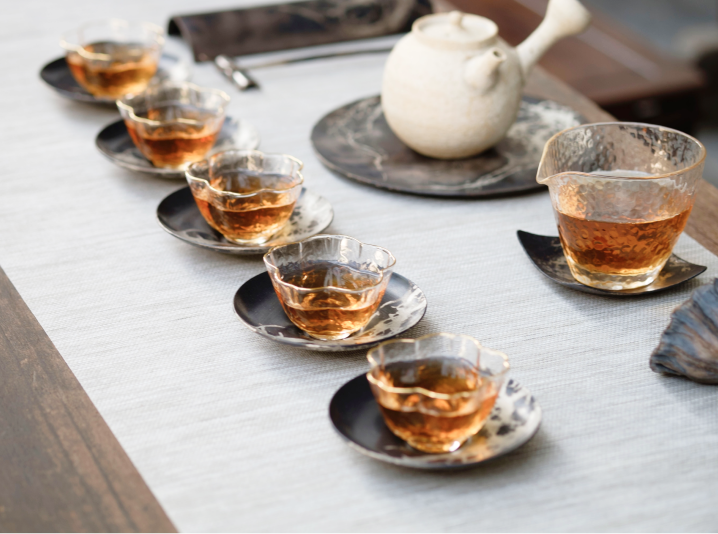
Tea in Modern Times
Nowadays, tea ranks second only to water as one of the world's most widely consumed beverages. Worldwide, there are 250,000 cups of tea drank every second—about 2.16 billion cups per day, as claimed by Huzaifa Nalwala. Research shows that the volume of tea consumption continues to grow year over year.
🍵 Drinking our tea? Snap a pic and tag us on Instagram at @senbirdtea or #senbirdtea. We’d love to see your moment with tea!
If you want to read more articles on tea culture, check them out here:
- The Origin of the Name "Tea"
- How to Meditate with Tea
- How to Practice Mindfulness with Tea
- A Green Tea Lover's Paradise: Shizuoka, Japan
- Shizuoka's Secret: The Best Green Tea in Japan
- 3 Traditional Japanese Tea Houses To Visit in Kyoto
- The Best Gift Guide for Japanese Tea Lovers
- Ultimate Guide to Japanese Green Tea
Share your moment with us and stay connected on:






